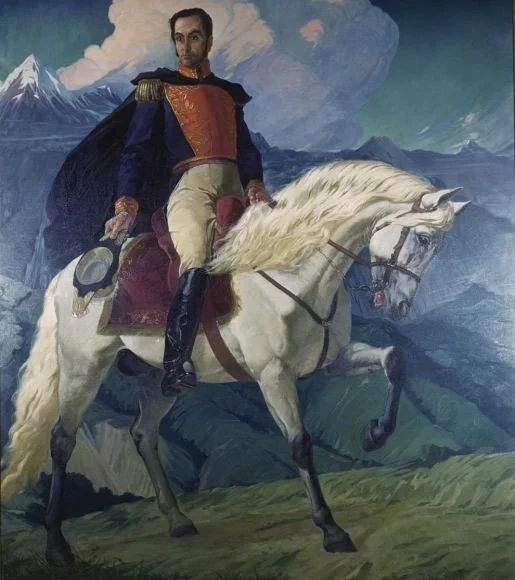Great Content. Great Education.
A Universally Designed, Rigorous, and Culturally and Currently Relevant Curriculum engages students.
Meeting Diverse Needs
Gallery walks were one of my favorite lessons to run with students. Gallery walks meet sensory needs for students who need to move around during class, or for students who learn better visually and with guiding questions.
Below is a gallery walk on the Latin American Revolutions unit. In groups, students filled out a worksheet using foundational ideas from the Age of Enlightenment to analyze primary and secondary sources, identify major figures, and understand the cause for independence.
Making content accessible.
Students responded better to lectures when they were asked to watch them for homework, and take notes, or fill out a feedback form about what they learned.
Students could access these lectures on Google Classroom as pre-recorded videos with closed captions in English or their native language—I use Microsoft PowerPoint’s feature in which spoken language can be transcribed or translated for the audience. This was especially helpful to review for summative assessment, projects, and English Language Learners.
High Expectations
Being able to write, research, and create original arguments prepares students to think critically.
At the beginning of the school year, an essay was given out to assess students’ writing skills and determine areas for growth and support.
Students were given a rubric for a five-paragraph essay, and a set of primary and secondary sources to respond to the prompt: “How did women participate in the French Revolution?”
Below is a sample student essay, which could have a stronger structure, and analyze evidence on a deeper level.
As many students could not properly cite evidence, create works-cited pages, and write strong thesis statements, exercises were implemented to help students analyze evidence and make connections to big historical ideas and events.
Students were provided with exemplars, rubrics, guides, videos, websites, and peer editing workshops to improve their writing.
Below is the same students’ essay, after the four sections of World History II were given support and asked to answer the question: “How did European imperialism economically and politically impact China?”




